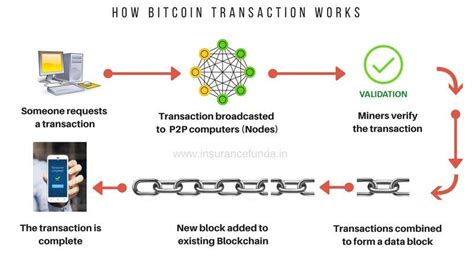Here is an article on cryptocurrency, decentralized exchanges (Dexs) and blockchains focused on transaction rates:
** “Crypto transactions
The cryptocurrency market has experienced significant growth in recent years, with many new cryptocurrencies being launched every month. However, one of the most critical components that allows this growth is the ability to facilitate rapid and low cost transactions. One -like aspect of this process is the use of decentralized exchanges (Dexs) and blockchains.
What are Dexs?
A decentralized (DEX) exchange is a platform that allows users to change cryptocurrencies without the need for intermediaries such as brokers or exchangers. Unlike centralized exchanges such as coinbase or binance, which charge transaction rates to facilitate negotiations, Dexs use smart contracts and point -to -point negotiations to allow rapid and low cost transactions.
What are blockchains?
A blockchain is a decentralized and distributed reason technology that allows the creation of safe, transparent and tampering records. It uses encryption to register transactions in a public database that can be accessed by anyone with an internet connection. Blockchains are often used to facilitate point to point transactions, such as Bitcoin Blockchain or Ethereum ether.
Transaction rates: the cost of transaction speed
The dex transaction rate is typically much lower than those charged for centralized exchanges. This is because Dexs depend on a combination of network congestion and market dynamics to determine transaction rates rather than depending on intermediaries such as brokers or exchangers.
According to estimates, the average transaction rate rate on the main Dex platforms, such as Uniswap or Sushiswap, ranges from 0.0005% to 1.2% per block (ie by transaction). This is significantly lower than the rates charged for centralized exchanges, which may vary from 10% to 20% or more.
Why the low transaction rates are important

Dexs’ ability to facilitate rapid and low cost transactions have significant implications for the broader cryptocurrency market. With lower transaction rates, users are more likely to participate in decentralized negotiations, leading to increased adoption and growth on these platforms.
In addition, low transaction rates help reduce the energy consumption needed to feed blockchain networks, which is becoming increasingly important as the global economy grows. According to estimates, the Ethereum network alone consumes about 100-200 kilowatt-hour of electricity per year, making it a significant contributor to carbon emissions.
Conclusion
The use of dexs and blockchains revolutionized the way we exchange cryptocurrencies, allowing rapid and low cost transactions that were previously only possible with centralized exchanges. By reducing transaction rates to almost zero, these platforms have opened new possibilities for decentralized negotiation and adoption in the global economy.
However, it is worth noting that this growth in decentralization also comes with the growing competition of traditional exchanges, which may try to replicate some of the low cost features offered by Dexs using their own networks. As the market continues to evolve, we can expect even more innovative solutions to emerge to face the challenges of decentralized negotiation.
I hope you find this informative and useful article!
